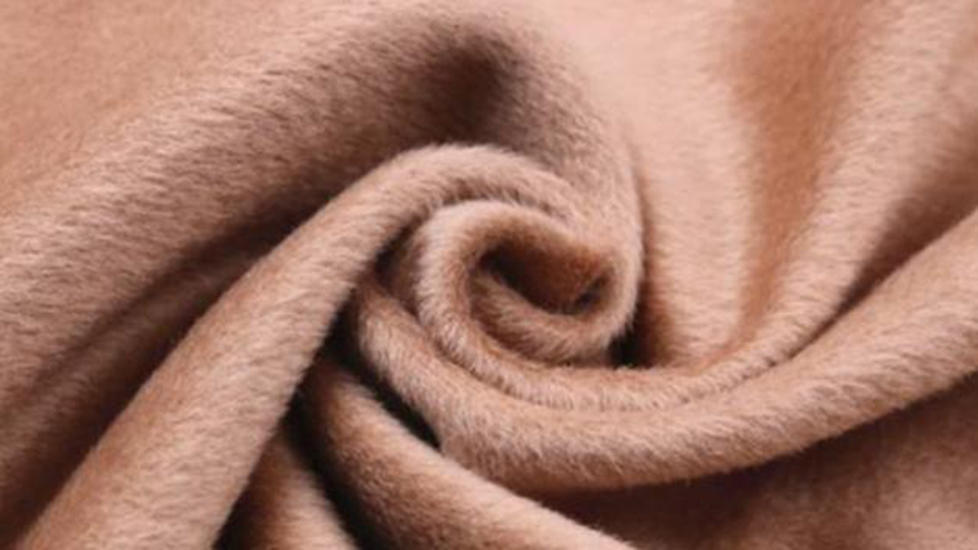Mildew-proof
It is to add chemical anti-mould agent on fabrics of cellulose fibers to kill or inhibit microorganisms. Generally the relatively safe salicylic acid will be chosen as the anti-mould agent. Also the washable copper naphthenate anti-mould agent is applied in padding process.
Moth Proofing
In dyeing and finishing production, the most commonly used anti-moth finishing is to have chemical treatment on wool fabrics so as to kill the moths, or change the fiber structure of wool to achieve anti-moth effect.
Reason: Wool fabrics are easy to be damaged by worms. Because the larvae of worms feed on wool fibers as they grow.
Effect: Some organic compounds containing chlorine are commonly used as anti-moth agents, which have no color or smell. They are aiming at wool fabrics. They are washable and do no harm to the style and wear performance of the wool fabrics. They are easy to use and safe for human body.
Flame-retardant
After treated by some certain chemical products, textile fabrics will not easily burn in fire, or immediately extinguish when burning. That treating process is flame-retardant finishing or fire-resistant finishing.
Coating
It is to coat or bond a layer of polymer material on the fabric surface to give it a unique appearance or function.
Application: Down-proof, waterproof and moisture-permeable, lightproof, adiathermic, flame retardant, conductive and imitation leather fabrics, etc.
Post time: Mar-19-2024



